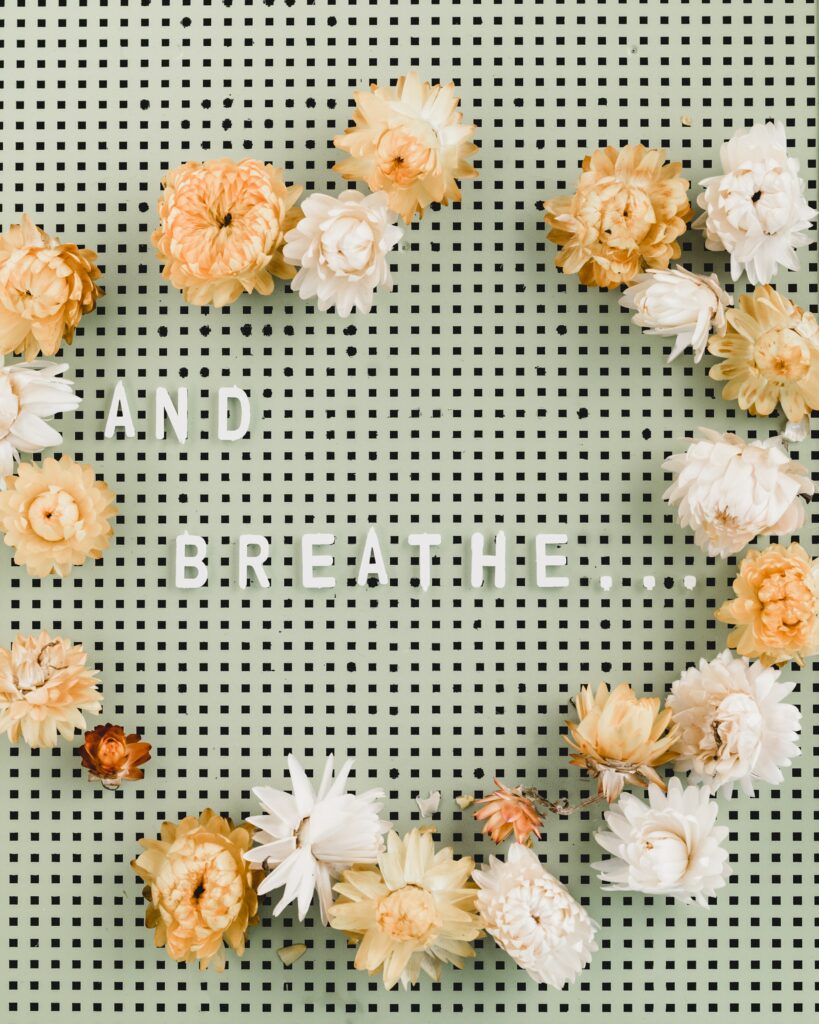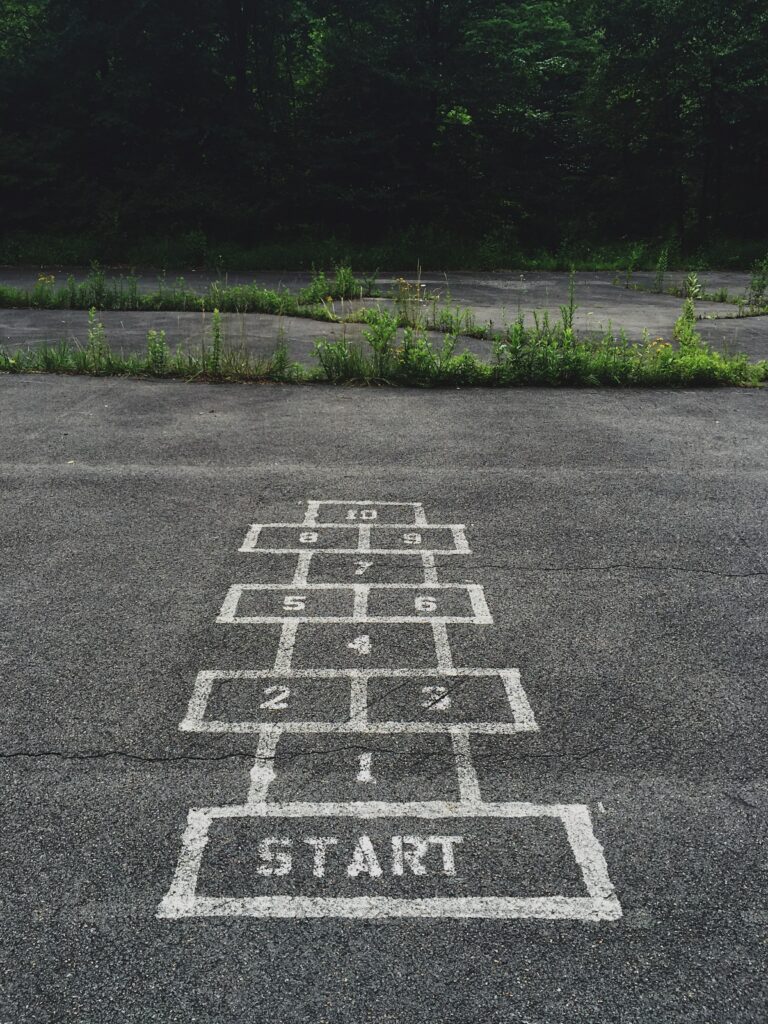
This week was part 3 of 3 in the blended learning classrooms module from the Blended Learning course. I am officially finished 1/4 of the course and the learning that has happened so far has been amazing! I am learning a lot of new strategies for future classrooms, as well as ways that I can better support my students be it online or face to face.
The end of the module focused on social and emotional learning, which was a new concept to me and something I haven’t heard about yet in any of my university courses. In a nutshell, social and emotional learning is when we teach children how to manage and understand emotions and how to interact with others to form positive relationships. In the module readings, social and emotional learning happens when students learn to:
- Manage strong emotions and impulsive behaviors
- Identify with others emotions’ and develop empathy
- Solve problems in peaceful ways and be assertive about personal feelings
- Set SMART goals
- Make responsible decisions and evaluate potential consequences
- Form, maintain, and strengthen healthy relationships
The module also explains that teaching these skills in school can:
- Enhance academic performance
- Strengthen healthy relationships
- Reduce bullying behaviors and social isolation in the school
- Enhance student mental health
While these are undoubtedly all skills we should be teaching children and be including in our classrooms, they can also seem very overwhelming when you also have to work through other subject. However, it is not impossible and the module did a great job at laying out activities that can be incorporated into daily or weekly subject work.

The first way to promote social and emotional learning is by having students develop self-awareness skills. Self-awareness can be encouraged in the classroom through journal writing. In their journals, students can reflect on their day or their week. They can write about things they were proud of or things that were challenging for them. Students can also write about any concerns or worries they have in their school life or personal life. While it is not mentioned in the module, I do think students should be allowed to choose if a teacher reads a specific entry or not. Since the journal is a space for the student to self-reflect, they may write things that they are not ready to share with others. With this in mind, the teacher and students can decide on how many journal entries they must submit and how the submission will take place. Another tool for developing self-awareness is providing students with the opportunity to share thoughts, feelings, and happenings in a sharing space. These spaces can be with just the teacher over a lunch hour or free period, or in class with the whole group. In the sharing space, students can talk with each other and express themselves.

The second way to promote social and emotional learning is through self-management. While self-awareness allows students to identify emotions, strengths, and limitations, self-management is how they control stress, strong emotions/impulses, and stay focused. One self-management technique is a daily emotional/mood check-in. These can be done with everyone in the class sharing how they feel based on a number scale or pictures. It can also be done individually as a Google form where students can check-in and privately let the teacher know anything that might impact their day. Here is an example of a Google for check-in that I made for students Kindergarten to Grade one. Another way to teach self-management is through goal setting. Students can set goals for what they want to accomplish in a term or throughout the year, and then reflect back on if the goals were met, sort of met, or still need work. The module suggests using SMART goals, which in all honesty are not my favourite. Fundamentally, there is nothing wrong with SMART goals, it is a great structure to use when teaching students how to set goals. It would also be really great for the student that has success with graphic organizers. But, I would never make a student set goals and only be allowed to follow the SMART goals template. In someway the structure has become over used and can limit a student’s thinking by forcing them into predetermined boxes.
The module lays out a few more strategies for implementing social and emotional learning in the classroom, but the two above were my favourite from the list. Overall, I really enjoyed this last part of the module because I think we are entering a time in education where we want children to feel comfortable with their emotions and be able to create healthy relationships. We are finally making space for mental health in school and teaching kids the importance of taking care of their bodies and mind.
Next week I will be moving into resources and technology for Blended learning! Bye for now!

Leave a Reply
You must be logged in to post a comment.